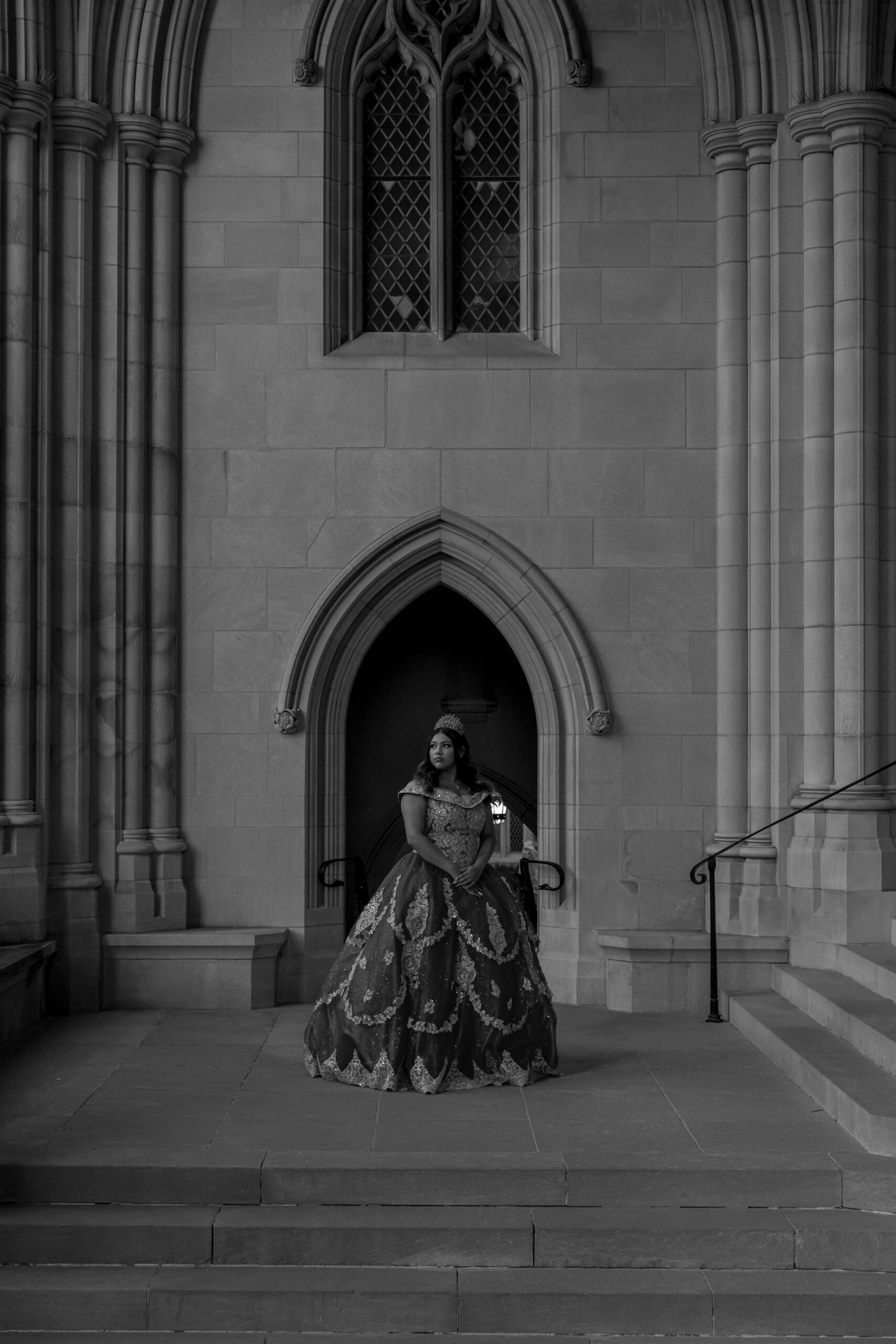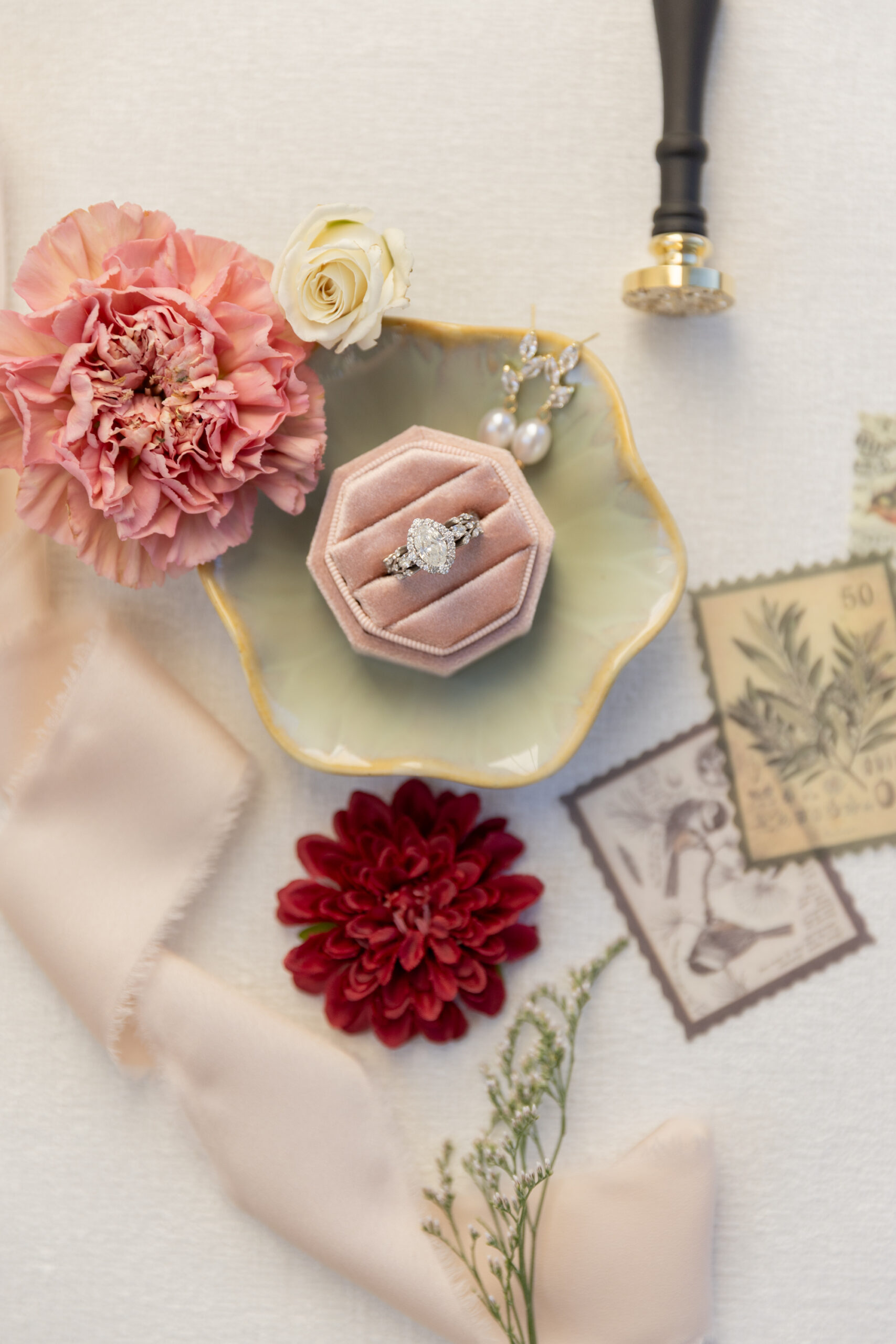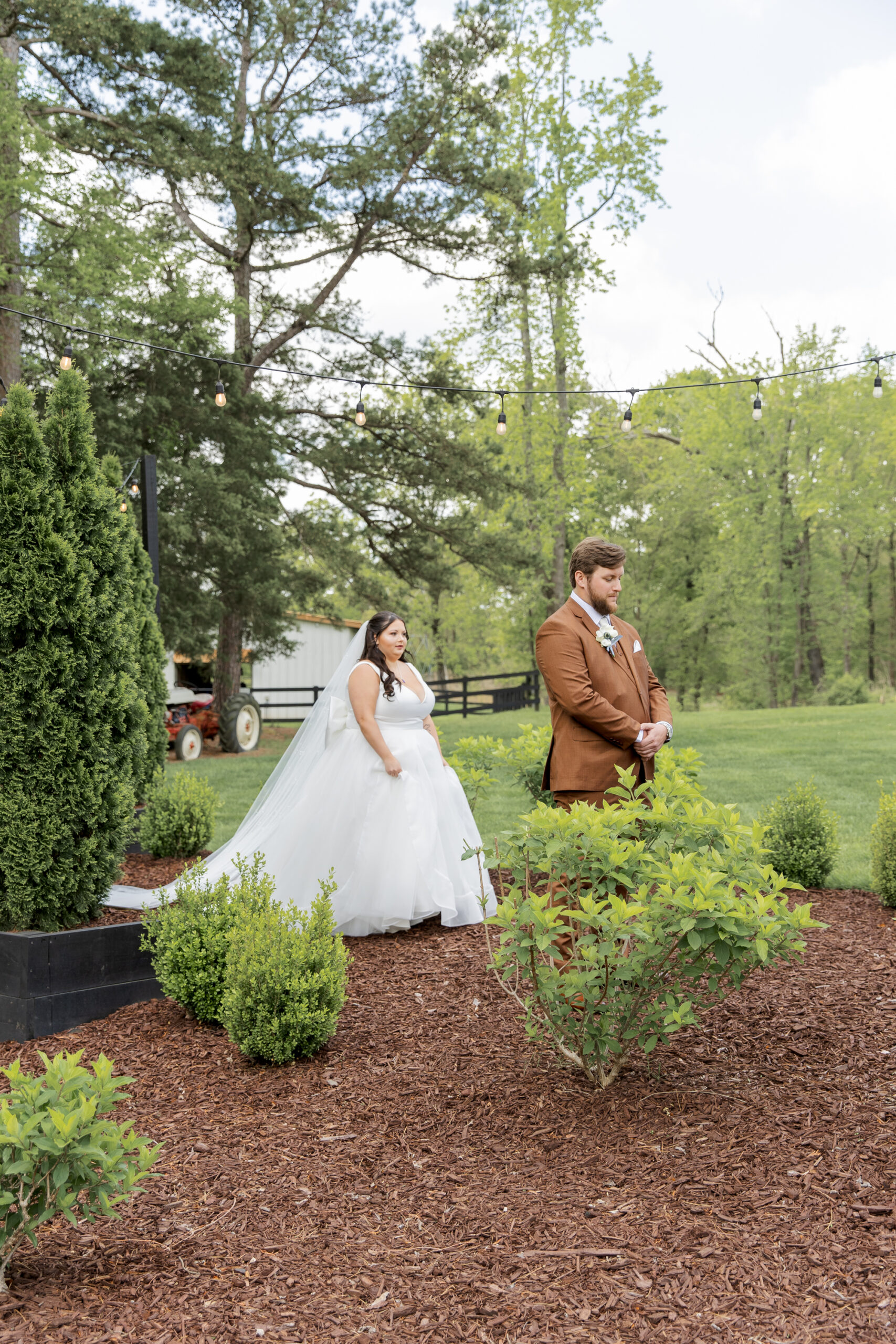Black and white photography has long held a special place in the hearts of both photographers and viewers. Its artistic appeal lies in its simplicity, depth, and timeless quality. By removing color from the equation, black and white images allow the viewer to focus on other fundamental elements of a photo—light, shadow, composition, texture, and emotion. But when is black and white photography most effective, and how can you achieve truly powerful and timeless images?
The Artistic Appeal of Black and White Photography
- Stripping Away Distractions: The absence of color simplifies a photograph, allowing the viewer to focus on the subject matter and composition without the distractions of competing hues. This simplification helps highlight the most essential aspects of the image, such as the shapes, lines, and light dynamics. The viewer’s attention is drawn to the emotion, contrast, and mood, creating a more intense connection to the image.
- Evoking Emotion and Mood: Black and white photography often feels more emotionally powerful than its color counterpart. By focusing on tonal contrasts, subtle facial expressions, and textures, monochrome photos evoke raw emotions. Whether it’s the peacefulness of a landscape or the drama in a portrait, black and white images carry a sense of mystery and depth that can create a lasting emotional impact.
- Timelessness and Elegance: Color trends shift with time, but black and white photography maintains its timeless appeal. A well-executed black and white photo feels classic, regardless of the era in which it was taken. This timelessness adds an element of elegance and sophistication, often elevating an image to an art form.
- Highlighting Form, Texture, and Contrast: Without color to define a scene, the eye is naturally drawn to the form and texture of the subject. The contrast between light and dark becomes the dominant force in the image. This is especially effective in photos that feature intricate textures—such as the details of fabric in fashion photography, the roughness of a landscape, or the contours of a subject’s face.
- Minimalism and Artistic Expression: For photographers who lean toward minimalist compositions, black and white is the perfect medium. With fewer visual elements to distract, monochrome images often feel more abstract and artistic. This simplicity can also encourage viewers to interpret the image in different ways, offering a deeper, more personal experience.
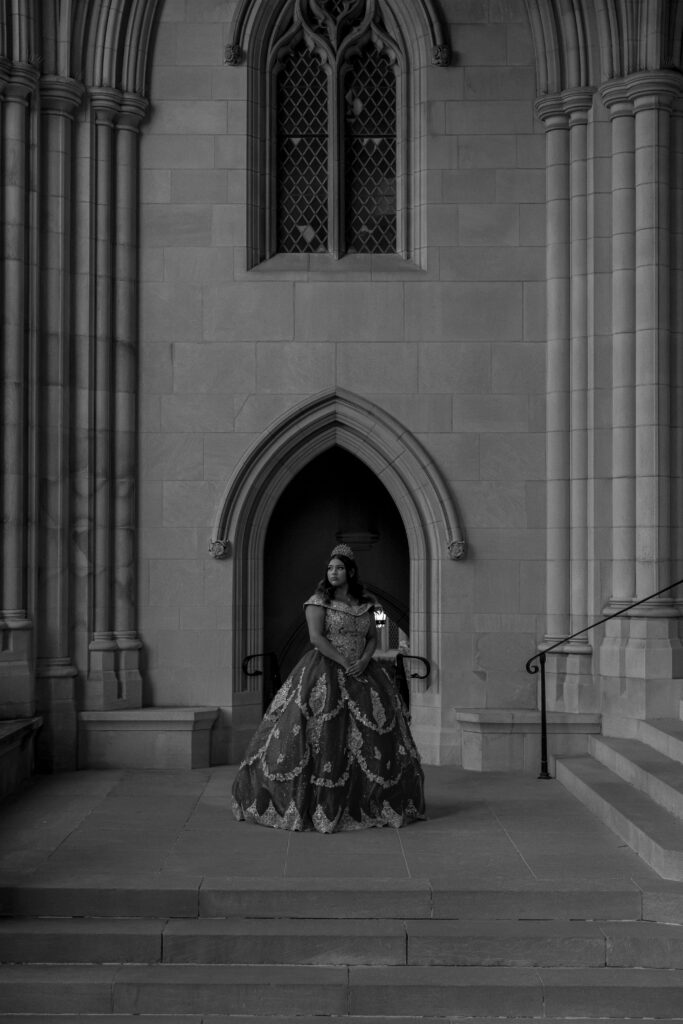

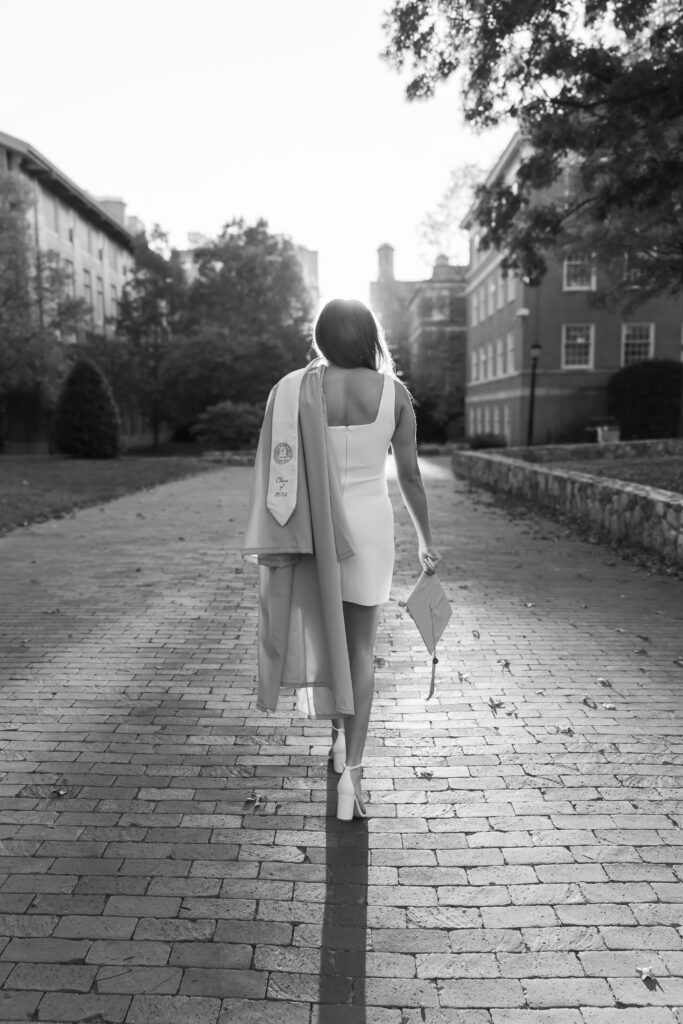
When to Use Black and White Photography
- Emotional Portraits: Black and white is ideal for portraits when you want to highlight raw emotion. The lack of color allows for a more intimate, emotional connection with the subject. Portraits with strong contrasts between light and shadow, or soft, gentle lighting, become even more captivating when rendered in black and white.
- Dramatic Landscapes: When photographing landscapes, especially ones with dramatic lighting (such as during golden hour or in harsh sunlight), black and white can accentuate the interplay between light and shadow. It also works beautifully for minimalist compositions where texture, pattern, or shapes take center stage.
- When Color Distracts: Sometimes, color can detract from the mood or message of a photograph. Busy backgrounds or clashing colors may dilute the impact of the subject. In these cases, converting the image to black and white simplifies the scene and shifts focus back to the key elements.
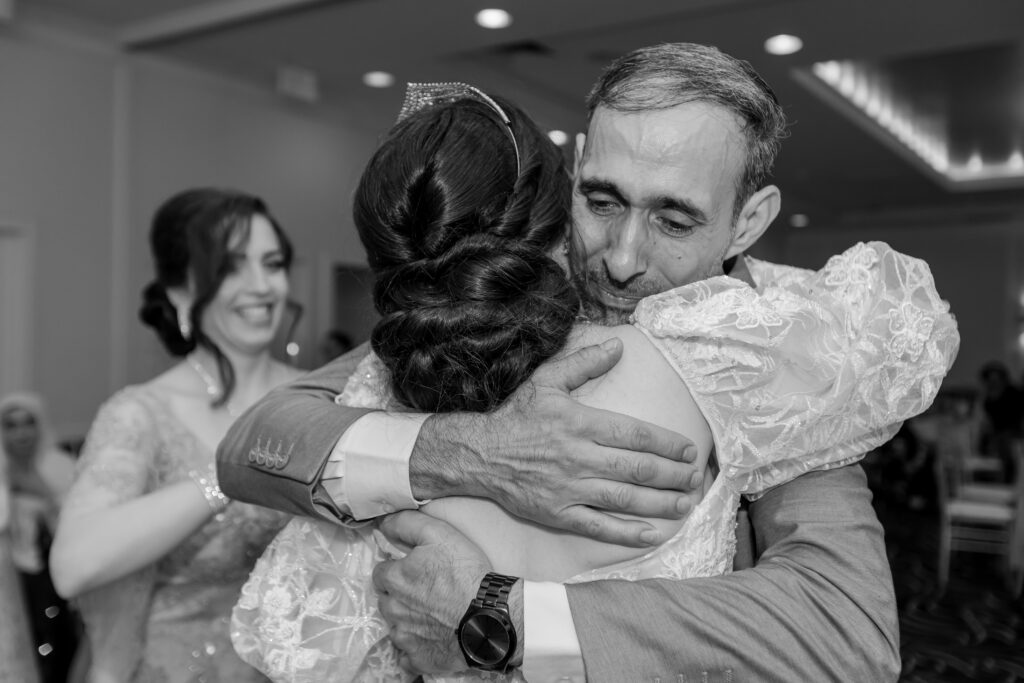
How to Achieve Powerful, Timeless Black and White Images
Focus on Light and Contrast: Lighting is everything in black and white photography. High contrast scenes with bright highlights and deep shadows create drama and intensity. Low contrast images, on the other hand, produce a softer, more dreamy effect. Pay close attention to how light falls on your subject and use it to shape the mood of the image.
Embrace Texture and Detail: Texture comes alive in black and white. Whether it’s the grain in wood, the softness of fabric, or the weathered lines of a face, these details are magnified without the distraction of color. Look for opportunities to highlight texture, particularly in landscapes, portraits, and architectural shots.
Pay Attention to Composition: Black and white photography places a greater emphasis on composition. Strong lines, shapes, and patterns become more noticeable, so it’s essential to ensure your composition is well-balanced. Use the rule of thirds, leading lines, and framing to create a sense of harmony in your photos.
Experiment with Shadows: Shadows can add depth and dimension to a black and white image. Play with shadow patterns and silhouettes to create mystery and intrigue. Shadow-heavy images often have a dramatic and cinematic feel, ideal for adding intensity to your work.
Use Post-Processing for Fine-Tuning: Post-processing can help you bring out the best in your black and white photos. Adjust contrast, highlights, and shadows to achieve the desired effect. Use dodge and burn techniques to add depth and enhance textures. Many editing tools also allow you to adjust the tonal range, ensuring that your blacks are deep and rich while your whites remain crisp.
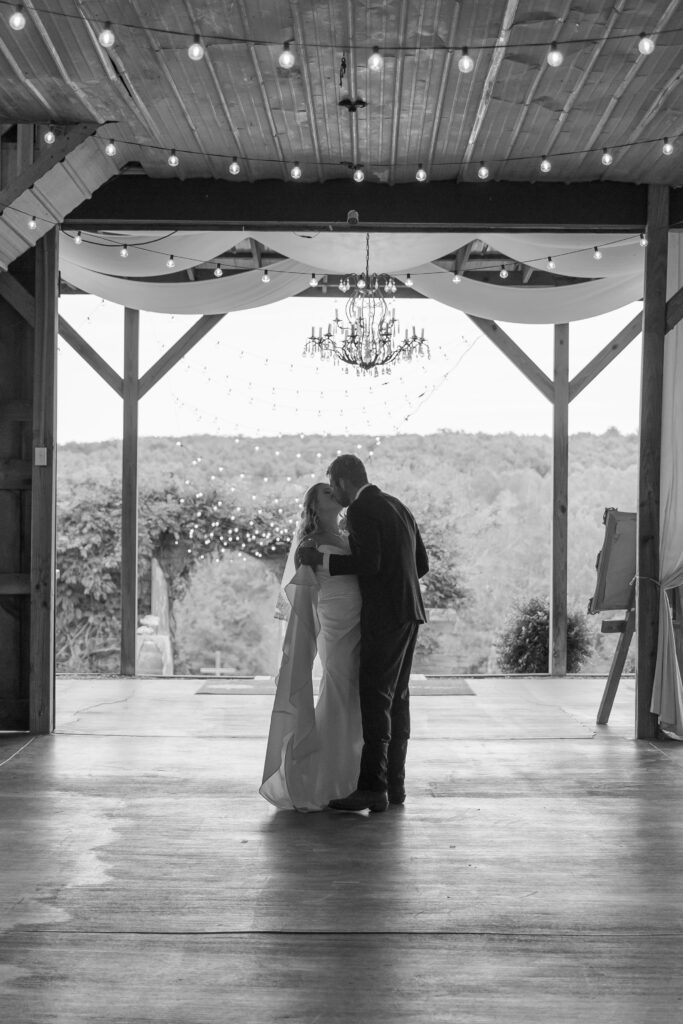
Black and white photography is far more than an absence of color—it’s a powerful tool that can convey emotion, tell stories, and create timeless imagery. Whether you’re looking to add depth to a portrait, emphasize texture in a landscape, or tell a minimalist story, black and white photography offers endless possibilities. It’s not just about capturing an image; it’s about capturing the soul of a moment, stripped down to its raw and essential form. So next time you pick up your camera, consider turning off the color and diving into the world of black and white—you might just discover a whole new way to see.
Cheers, Hibs
